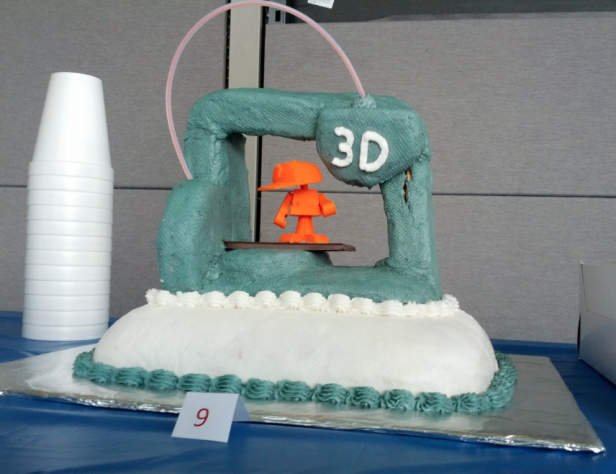Food Safe 3d Printing
Browsing through the open source 3d models on Thingiverse shows many people are interested in printing their own dishware. Cups, plates, even silverware are common models. But most 3d printers produce prints that are not safe for actual foods. At this point, there are only a few methods to turn your 3d model into an object safe for food use.
Why are 3d prints not generally food safe? To actually be food safe, the material used as a print medium has to be bioinert. If a material is not bioinert, it may interact with your body by leeching chemicals into the food, which then may be passed on to you through your stomach. The material can’t break off in tiny pieces when used, filling your drink with particles. And if it’s finished in some way, the finishing material must be hard enough that it doesn’t wear off through cleaning, exposing unfinished interior surface.
How can you print your object in food safe materials? Shapeways offers food safe ceramics. Your model is printed in unfinished ceramics, which are then glazed and fired traditionally to close and strengthen the exterior surface. Ponoko also offers a similar service, and has a useful guide to designing for ceramics. Shapeways and Ponoko both offer silver as a material option. In general this produces a food safe 3d print as well, at higher costs.
An Austrian company that specializes in ceramics, Lithoz, recently announced a new ceramic 3d printer with much higher resolution – the CeraFab 7500. When asked if their prints were food safe, they stated the end result was, as their ceramics are bioinert and have the same properties as traditional ceramics.
So once you’ve prototyped a model in the standard plastics or resins, if you want to use it as dishware, upload it to one of the ceramic printing services, and you’ll be eating off your model in no time.
